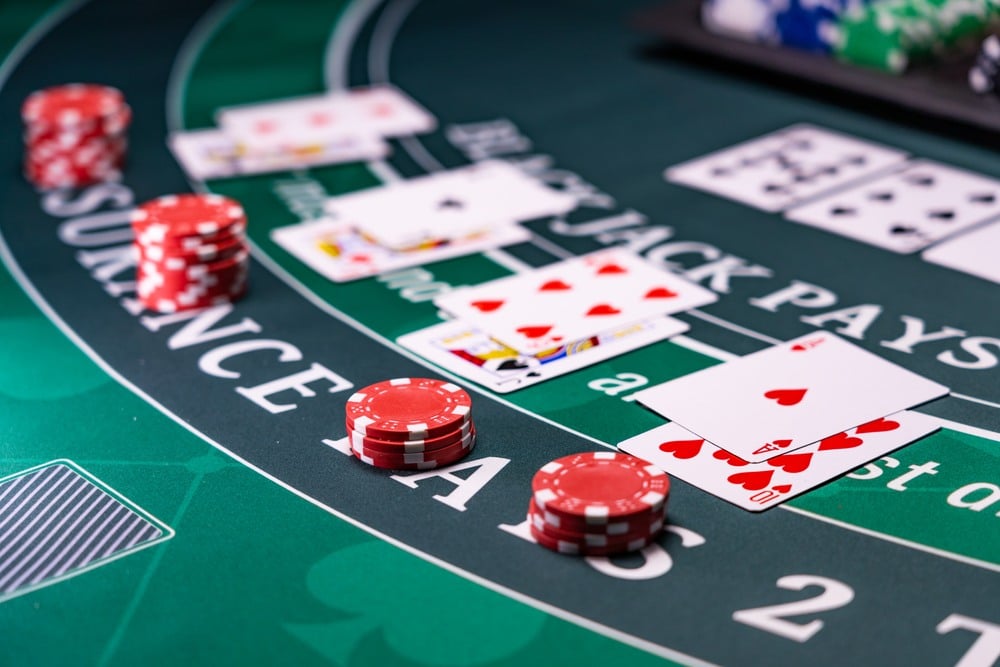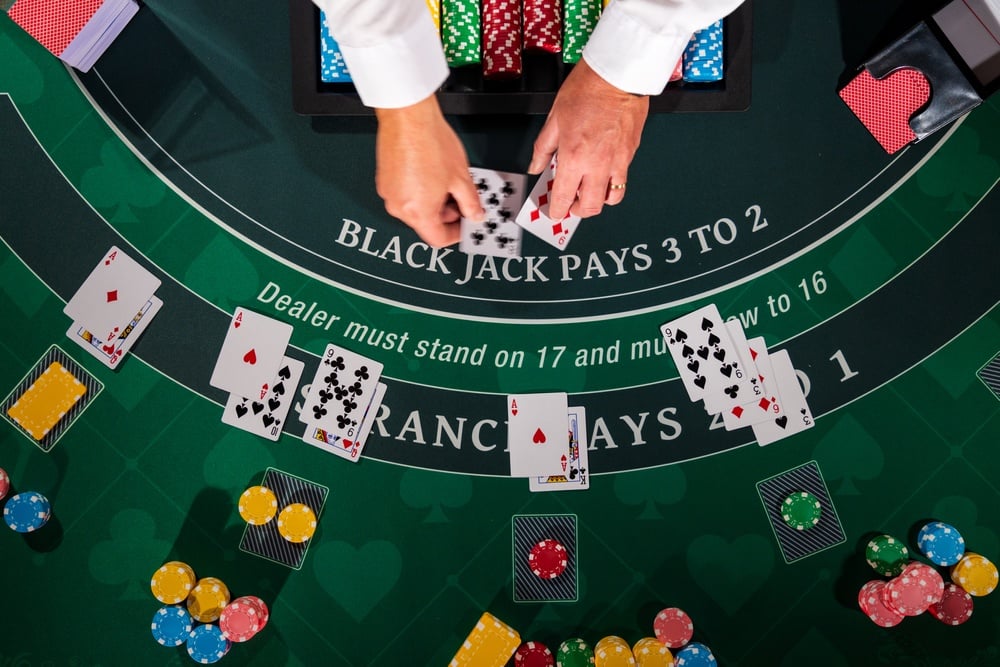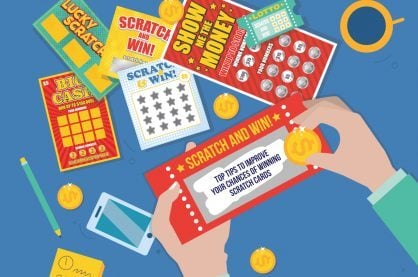How the Ace Works in Blackjack: Strategy, Soft Hands, and Splitting Aces

Summarize this post
How the Ace Works in Blackjack: What You’ll Learn
- 🂡 Learn why the Ace’s dual value (1 or 11) makes it the most powerful card in blackjack.
- 🎯 Understand the difference between soft hands and hard hands, and how to play each correctly.
- 📈 Master when to hit, stand, or double down with Ace-based hands using basic strategy.
- ✂️ Discover why you should always split Aces and how it boosts your winning potential.
- ⚠️ See how to respond when the dealer shows an Ace, and why insurance is almost always a bad bet.
The Ace is the most powerful and versatile card in Blackjack. While the deck is loaded with 10-value cards, it’s the four Aces that truly shape strategy and determine how hands play out.
Why is the Ace so valuable in blackjack? Because its dual value, counting as 1 or 11, gives players extraordinary flexibility and influences the odds more than any other card.
In Casino Gambling for Dummies, Kevin Blackwood and I describe the Ace as blackjack’s most dynamic card. This article takes a deeper look at how Aces work, how they change hand strength, and how to use them strategically so you can play smarter—and win more often.
Why the Ace Is the Most Powerful Card in Blackjack
The Ace is the only card in the deck that can shift value depending on what helps your hand the most. It counts as:
- 11 by default
- or 1 if counting it as 11 would cause your hand to bust
This “shape-shifting” ability allows you to stay flexible, push for better totals, and avoid busting in situations where any other card would lock you in.
Blackjack Rules Refresher
A quick rules review helps put the Ace’s value into context:
- Number cards = face value
- Face cards and Tens = 10
- Aces = 1 or 11
- Players start with two cards
- Dealer shows one card and must play by fixed rules
Your goal: Beat the dealer without exceeding 21.
Because the Ace can change value mid-hand, it creates two types of hands: soft hands and hard hands.

Image Credit: Netfalls Remy Musser/Shutterstock
Soft Hands vs. Hard Hands: How Aces Shape Your Strategy
A soft hand contains an Ace counted as 11.
A hard hand either has no Ace or has an Ace that must count as 1.
Example:
- Ace–Five = Soft 16
- Ten–Six = Hard 16
Both totals are “16,” but they play completely differently. A soft hand gives you more room to hit without risk, while a hard hand can bust easily.
Soft Hand Examples (Ace Flexibility in Action)
Ten–Six (16)
A hard 16 is one of the weakest hands in blackjack. You must hit unless the dealer shows a very bad card, and only a few low cards can improve you safely.
Ace–Five (Soft 16)
If you hit and draw a high card (say, a King), the Ace simply shifts from 11 to 1, keeping you at 16—but without busting. This flexibility is what makes soft hands powerful.
Ace–Three (Soft 14)
Hit and draw an 8 → your Ace adjusts down to 1 → you now have a hard 12 and can still make another decision.
Ace–Four → draw an Ace
You now have soft 16, because one Ace counts as 11 and the other as 1. You can keep hitting safely.
Ace–Nine (Soft 20)
Actually one of the strongest hands in the game. Always stand.
In short: soft hands = options.
Basic Blackjack Strategy When You Have an Ace
Following correct basic strategy is crucial. Here’s how to play soft hands effectively:
Ace + Low Card (Ace–2 through Ace–6)
These are powerful upgrade hands.
- Against a Dealer 5 or 6: Double down
- Otherwise: Hit
Ace + 7 (Soft 18)
Soft 18 looks strong, but it’s not invincible.
- Dealer 2, 7, or 8: Stand
- Dealer 3–6: Double down
- Dealer 9, 10, or Ace: Hit
Ace + 8 or Ace + 9
- Always stand on soft 19 or soft 20.

Image Credit: Netfalls Remy Musser/Shutterstock
Why You Should Always Split Aces in Blackjack
When you’re dealt a pair of Aces, the combined total is only 2 or 12, not a good starting point. Splitting gives you a real chance to form two strong hands, each beginning with an Ace valued at 11.
Odds when splitting Aces
- Natural 21 on both hands: 9.5%
- Natural 21 on one hand: 43%
- Neither: 47.5%
These numbers make splitting Aces one of the most profitable moves in blackjack.
Always split Aces.
(Be aware: most casinos allow only one split on Aces.)
How to Play When the Dealer Shows an Ace
A dealer Ace is dangerous because it:
- Counts as 1 or 11 (same flexibility players enjoy)
- Gives the dealer high odds of making a strong hand
- Enables the dealer to “peek” for blackjack
The dealer will check their hole card before play continues. If they have blackjack, the hand ends immediately.

Image Credit: Netfalls Remy Musser/Shutterstock
Sidebar: Should You Take Insurance? (Short Answer: No)
When the dealer shows an Ace, players may take insurance, a side bet that pays if the dealer has a natural 21. It is statistically disadvantageous for the player.
Basic strategy: Never take insurance.
Conclusion: Mastering the Ace Improves Your Blackjack Odd
The Ace is what makes blackjack both exciting and strategically rich. It can rescue weak hands, supercharge strong hands, and give players room to play aggressively, without taking unnecessary risks.
Understanding soft hands, splitting Aces, and how to react to a dealer Ace will dramatically improve your blackjack decision-making. The more you understand the value of the Ace, the closer you get to playing winning blackjack.
If you want to walk away from the table a smarter and more confident player, start by mastering the card that changes everything, the Ace.
Title Image Credit: Netfalls Remy Musser/Shutterstock


